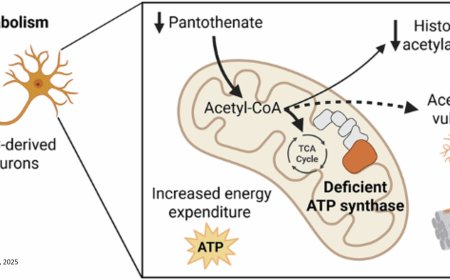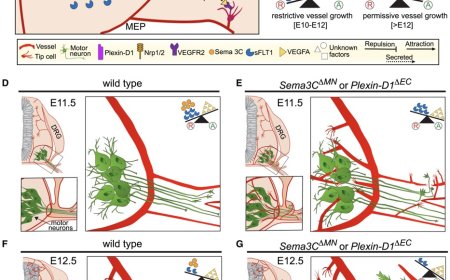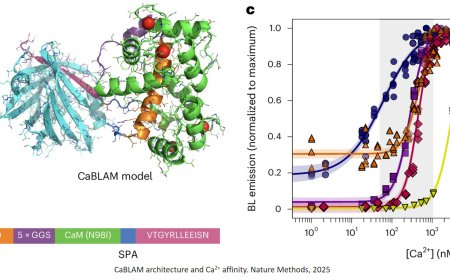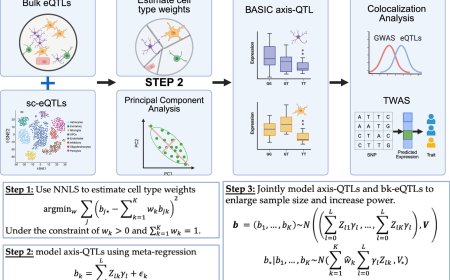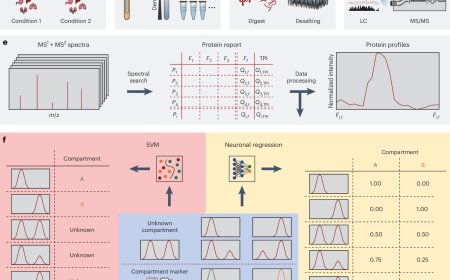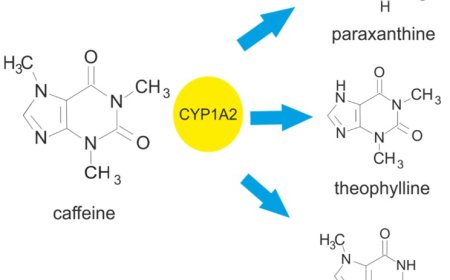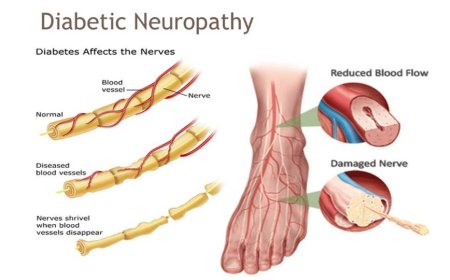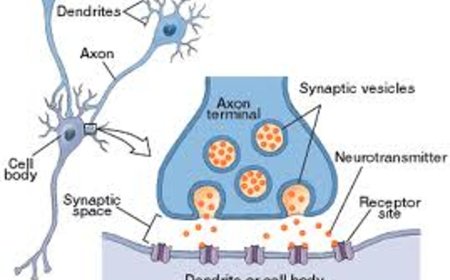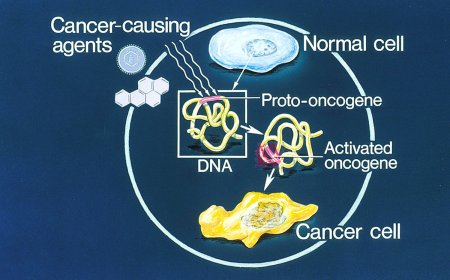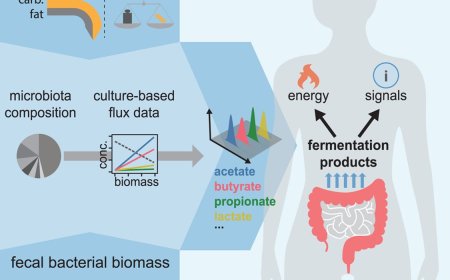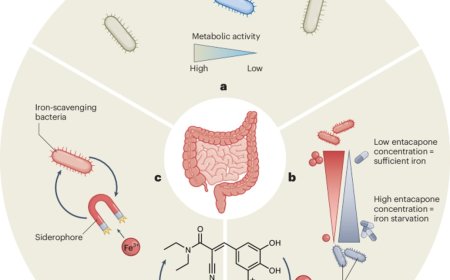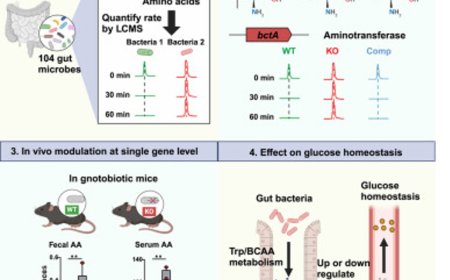How foreign DNA can evade bacterial defense systems and neutralize them
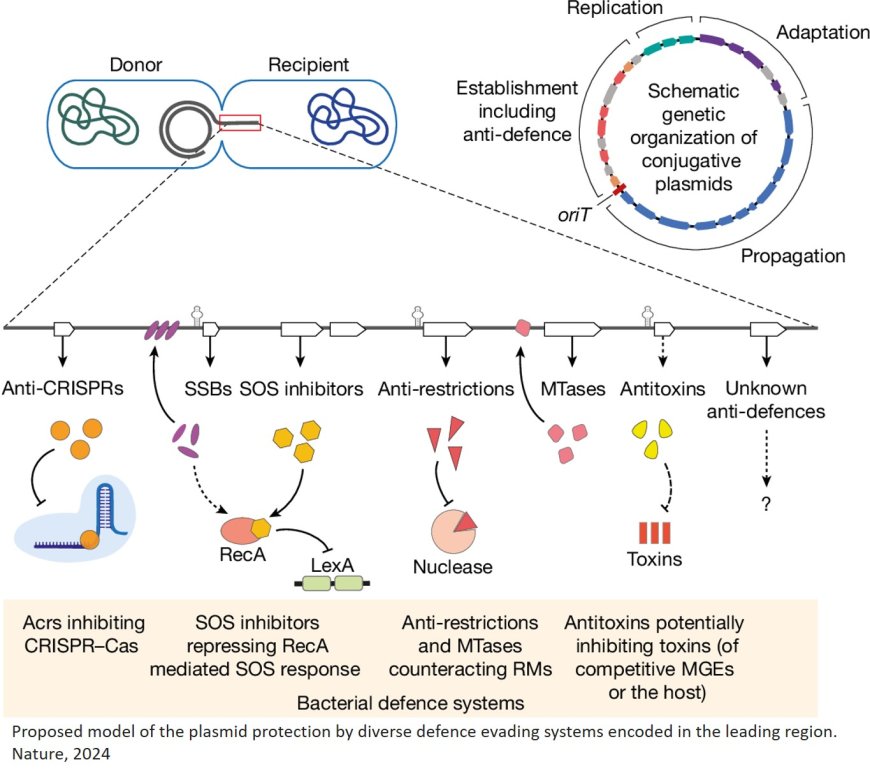
A new study reveals how bacterial defense mechanisms can be neutralized, enabling the efficient transfer of genetic material between bacteria. The researchers believe this discovery could pave the way for developing tools to address the antibiotic resistance crisis and promote more effective genetic manipulation methods for medical, industrial, and environmental purposes.
The findings were published in the prestigious journal Nature.
The researchers explain that genetic diversity is essential for the survival and adaptation of different species in response to environmental changes. For humans and many other organisms, sexual reproduction is the primary driver of the genetic diversity required for survival. However, bacteria and other microorganisms lack such a reproduction mechanism. Nevertheless, as demonstrated by the alarming speed at which antibiotic resistance spreads among bacterial populations, bacteria have alternative mechanisms to maintain the genetic diversity necessary for survival, including the direct transfer of DNA between bacteria.
DNA transfer between bacteria plays a crucial role in their survival. Yet, a key aspect of this process has remained underexplored: how is the exchange of genetic material so prevalent despite bacteria having a wide range of defense mechanisms designed to destroy any foreign genetic material entering their cells?
The new research focuses on a process called “conjugation,” one of the main mechanisms for transferring DNA from one bacterium to another. During conjugation, one bacterial cell connects directly to another through a tiny tube that allows the transfer of genetic material fragments known as plasmids. The senior author explains: “Plasmids are small, circular, double-stranded DNA molecules classified as ‘mobile genetic elements.’ Like viruses, plasmids move from one cell to another, but unlike viruses, they do not need to kill the host bacterium to complete the transfer”.
As part of the natural exchange, plasmids often provide recipient bacteria with genetic advantages. For example, many antibiotic-resistance genes spread through plasmid transfer between bacteria. However, bacteria also have numerous defense mechanisms aimed at eliminating any foreign DNA entering their cells.
“Conjugation is a well-known process that scientists also use in the lab to transfer genes between bacteria. It’s also known that bacteria possess mechanisms to destroy foreign DNA, including plasmid DNA, and some of these mechanisms are even used for various research purposes. However, until now, no one has fully explored how plasmids overcome these defense mechanisms,” says the author.
The author explains that the research began by conducting a computational analysis of 33,000 plasmids, and identifying genes associated with ‘anti-defense’ systems that help plasmids bypass bacterial defense mechanisms. What was even more interesting was the location of these genes. As mentioned, plasmids are double-stranded circular DNA segments. In order to pass through the thin tube that connects the bacteria, one of those circular strands is cut at a certain point by a protein, which then binds to the cleaved strand and initiates its transfer to the recipient cell.
“The genes for the anti-defense systems that I identified were found to be concentrated near that cutting point, and organized in such a manner that they would be the first genes to enter the new cell. This strategic positioning allows the genes to be activated immediately upon transfer, giving the plasmid the advantage needed to neutralize the recipient bacteria’s defense systems.”
The author notes that understanding the positioning of anti-defense systems on plasmids could enable the identification of new anti-defense genes, a subject currently under highly active research. "Moreover, our study can contribute to designing more efficient plasmids for genetic manipulation of bacteria in industrial processes. While plasmids are already widely used for these purposes, the efficiency of plasmid-based genetic transfer in lab conditions is significantly lower than that of natural plasmids,” the author says. “Another potential application could involve designing effective plasmids for genetic manipulation of natural bacterial populations. This could help block antibiotic resistance genes in hospital bacterial populations, teach bacteria in soil and water to break down pollutants or fix carbon dioxide, and even manipulate gut bacteria to improve human health.”
